What’s the difference between nanotubes and graphene?
When it comes to advanced nanomaterials, both graphene and carbon nanotubes (CNTs) are often mentioned in the same breath. And for good reason — both are made entirely of carbon, both have incredible strength, and both offer impressive electrical and thermal properties.
But let’s cut to the chase: while CNTs have their uses, graphene consistently proves to be the more versatile, effective, and easier-to-use material across a wide range of applications. Here’s why.
What is graphene?
We have already discussed the many features of graphene in a previous article.
Whart is carbon nano tubes?
Carbon nanotubes (CNTs) are essentially graphene sheets rolled into seamless cylindrical tubes, with diameters ranging from a few nanometers to tens of nanometers. These nanotubes can be single-walled (SWCNTs) or multi-walled (MWCNTs), depending on the number of graphene layers rolled together. The cylindrical structure of CNTs allows them to exhibit remarkable tensile strength and electrical conductivity, often exceeding that of graphene in specific applications.
CNTs are widely used in nanotechnology, from enhancing mechanical properties in composites to serving as conductive pathways in next-generation electronics. However, their cylindrical structure introduces limitations — especially when it comes to integration into other materials.
Key differences in applications
While both graphene and carbon nanotubes reinforce materials and improve conductivity, their effectiveness depends on how they interact with their surroundings:
Material integration: One of graphene’s biggest advantages is its large, flat surface area. This allows it to bond more effectively with polymers and other materials, making stronger, stiffer, and more reliable composites. CNTs, on the other hand, are harder to position correctly, often clump together, and don’t distribute as evenly.
Strength & Stiffness: A material is only as good as its ability to transfer its benefits to the system it’s part of. Graphene does this exceptionally well — whether it’s enhancing strength, improving conductivity, or increasing thermal stability. CNTs, because of their cylindrical shape, don’t always make full contact with the surrounding material, reducing their overall effectiveness.
Conductivity & Electrical Performance: Both materials offer excellent electrical conductivity, but CNTs can sometimes provide better electron transport in specific applications due to their one-dimensional tubular structure.
Manufacturing, Incorporation & Processing: While CNTs have great potential, their processing challenges hold them back. Aligning and dispersing CNTs correctly is difficult, which complicates large-scale manufacturing. Graphene, in contrast, is easier to produce, functionalize, and integrate into existing industrial workflows, making it the practical choice for real-world applications.
Choosing the right material
There’s no doubt that both graphene and carbon nanotubes are revolutionary nanomaterials. However, when it comes to practical use, graphene offers a clear advantage in terms of performance, scalability, and ease of integration.
For companies looking to develop stronger, more conductive, and more advanced materials, graphene isn’t just an option—it’s the future.
Graphene
Carbon nanotube


